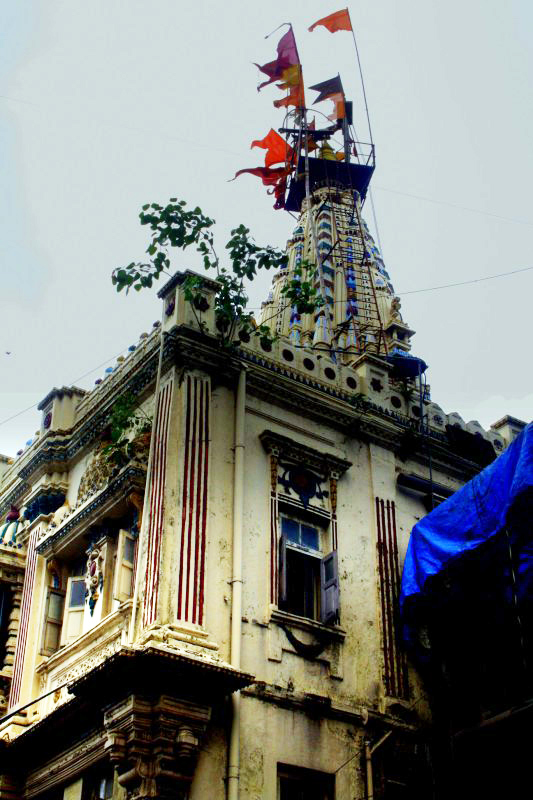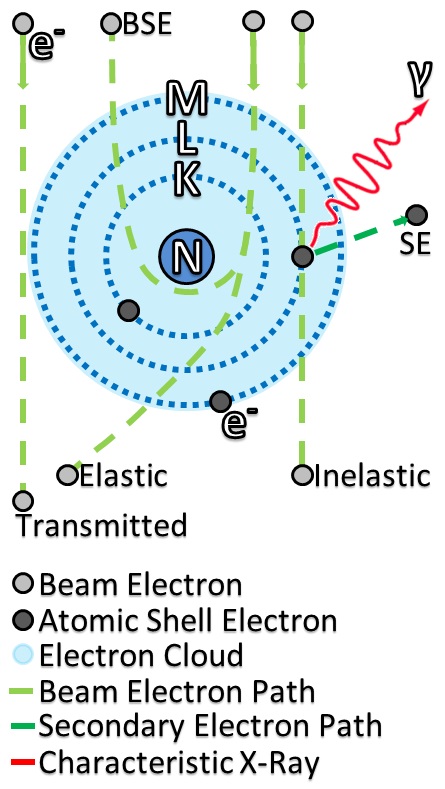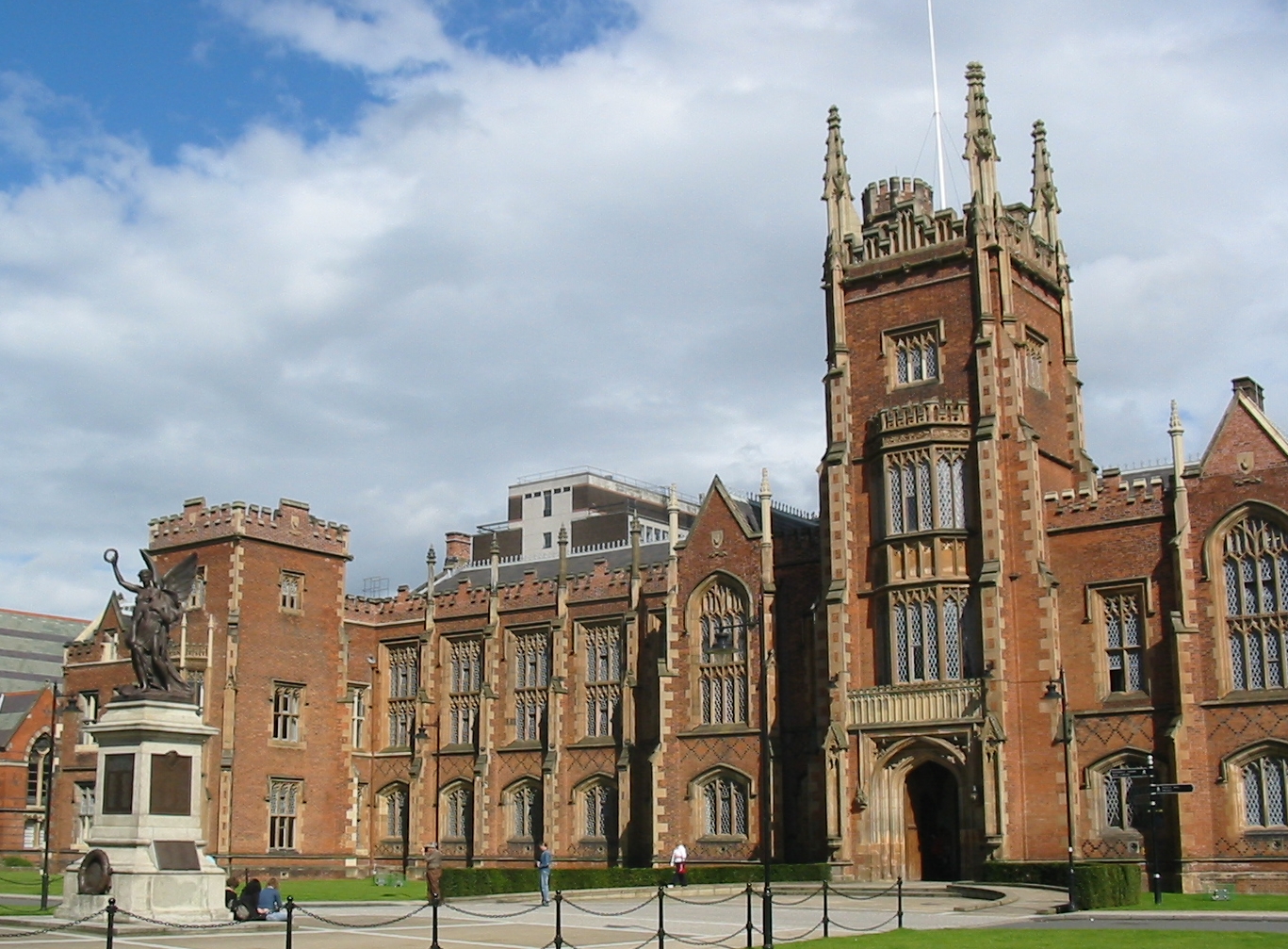|
Deepak Mathur
Deepak Mathur (born 8 April 1952) is an Indian molecular and atomic physicist and was a Distinguished Professor at the Tata Institute of Fundamental Research. He has been the J C Bose National Fellow at the Department of Atomic and Molecular Physics at Manipal Academy of Higher Education and Founding Director of the UM-DAE Centre for Excellence in Basic Science at the University of Mumbai. Known for his research on molecular and biological physics, Mathur is an elected fellow of the Indian Academy of Sciences, Indian National Science Academy and The World Academy of Sciences. The Council of Scientific and Industrial Research, the apex agency of the Government of India for scientific research, awarded him the Shanti Swarup Bhatnagar Prize for Science and Technology, one of the highest Indian science awards, for his contributions to physical sciences in 1991. Amongst other awards, he has been the Royal Society's Guest Fellow at Oxford University and winner of the European Union's E ... [...More Info...] [...Related Items...] OR: [Wikipedia] [Google] [Baidu] |
Mumbai
Mumbai (, ; also known as Bombay — the official name until 1995) is the capital city of the Indian state of Maharashtra and the ''de facto'' financial centre of India. According to the United Nations, as of 2018, Mumbai is the second-most populous city in India after Delhi and the eighth-most populous city in the world with a population of roughly 20 million (2 crore). As per the Indian government population census of 2011, Mumbai was the most populous city in India with an estimated city proper population of 12.5 million (1.25 crore) living under the Brihanmumbai Municipal Corporation. Mumbai is the centre of the Mumbai Metropolitan Region, the sixth most populous metropolitan area in the world with a population of over 23 million (2.3 crore). Mumbai lies on the Konkan coast on the west coast of India and has a deep natural harbour. In 2008, Mumbai was named an alpha world city. It has the highest number of millionaires and billionaires among all ... [...More Info...] [...Related Items...] OR: [Wikipedia] [Google] [Baidu] |
Electron Scattering
Electron scattering occurs when electrons are deviated from their original trajectory. This is due to the electrostatic forces within matter interaction or, if an external magnetic field is present, the electron may be deflected by the Lorentz force. This scattering typically happens with solids such as metals, semiconductors and insulators; and is a limiting factor in integrated circuits and transistors. The application of electron scattering is such that it can be used as a high resolution microscope for hadronic systems, that allows the measurement of the distribution of charges for nucleons and nuclear structure. The scattering of electrons has allowed us to understand that protons and neutrons are made up of the smaller elementary subatomic particles called quarks. Electrons may be scattered through a solid in several ways: *Not at all: no electron scattering occurs at all and the beam passes straight through. *Single scattering: when an electron is scattered just once. *P ... [...More Info...] [...Related Items...] OR: [Wikipedia] [Google] [Baidu] |
Centre For Excellence In Basic Sciences
Centre for Excellence in Basic Sciences () (or UM-DAE CEBS) is an autonomous institute with an affiliation to the University of Mumbai. It was set up in the University of Mumbai by the Department of Atomic Energy (DAE) in collaboration with the university . This institute offers undergraduate science education and research opportunities. It aims at improving the quality of basic science education in the country at the undergraduate level and developing a pool of scientists for the various scientific works of the country. The Institute was inaugurated on 17 September 2007 by Dr R. Chidambaram, Principal Scientific Advisor to the Government of India. In 2016, the institution was granted the status of "Aided Institution" under the Department of Atomic Energy by the Government of India.http://www.cbs.ac.in/pdf/cbs-status.pdf}{title, SARP See also * List of universities in India * List of autonomous higher education institutes in India The higher education system in India incl ... [...More Info...] [...Related Items...] OR: [Wikipedia] [Google] [Baidu] |
Harrie Massey
Sir Harrie Stewart Wilson Massey (16 May 1908 – 27 November 1983) was an Australian mathematical physicist who worked primarily in the fields of atomic and atmospheric physics. A graduate of the University of Melbourne and Cambridge University, where he earned his doctorate at the Cavendish Laboratory, Massey became an independent lecturer in Mathematical Physics at the Queen's University of Belfast in 1933. He was appointed Goldsmid Professor of Applied Mathematics at University College London, in 1938. During the Second World War, Massey worked at the Admiralty Research Laboratory , where he helped devise countermeasures for German magnetic naval mines, and at the Admiralty Mining Establishment in Havant, where he helped develop British naval mines. In 1943, Mark Oliphant persuaded the Admiralty to release Massey to work on the Manhattan Project. He joined Oliphant's British Mission at the Radiation Laboratory at the University of California, where they worked on th ... [...More Info...] [...Related Items...] OR: [Wikipedia] [Google] [Baidu] |
Birkbeck College
, mottoeng = Advice comes over nightTranslation used by Birkbeck. , established = , type = Public research university , endowment = £4.3 m (2014) , budget = £109 million (2015) , parent = University of London , staff = , president = Baroness Bakewell , chancellor = The Princess Royal (University of London) , vice_chancellor = Wendy Thomson (University of London) , head_label = Master , head = David S Latchman , students = () , undergrad = () , postgrad = () , location = London, England, United Kingdom , coordinates = , colours = , mascot = , nickname = , affiliations = ACUEuropean University AssociationRoyal Academy of Dramatic ArtUniversities ... [...More Info...] [...Related Items...] OR: [Wikipedia] [Google] [Baidu] |
Tifr Main
Tata Institute of Fundamental Research (TIFR) is a public deemed research university located in Mumbai, India that is dedicated to basic research in mathematics and the sciences. It is a Deemed University and works under the umbrella of the Department of Atomic Energy of the Government of India. It is located at Navy Nagar, Colaba, Mumbai, with a campus in Bangalore, International Centre for Theoretical Sciences (ICTS), and an affiliated campus in Serilingampally near Hyderabad. TIFR conducts research primarily in the natural sciences, mathematics, the biological sciences and theoretical computer science. History In 1944, Homi J. Bhabha, known for his role in the development of the Indian atomic energy programme, wrote to the Sir Dorabji Tata Trust requesting financial assistance to set up a scientific research institute. With support from J.R.D. Tata, then chairman of the Tata Group, TIFR was founded on 1 June 1945, and Homi Bhabha was appointed its first director. The inst ... [...More Info...] [...Related Items...] OR: [Wikipedia] [Google] [Baidu] |
Shanti Swarup Bhatnagar Prize For Science And Technology
The Shanti Swarup Bhatnagar Prize for Science and Technology (SSB) is a science award in India given annually by the Council of Scientific and Industrial Research (CSIR) for notable and outstanding research, applied or fundamental, in biology, chemistry, environmental science, engineering, mathematics, medicine, and physics. The prize recognizes outstanding Indian work (according to the view of CSIR awarding committee) in science and technology Technology is the application of knowledge to reach practical goals in a specifiable and reproducible way. The word ''technology'' may also mean the product of such an endeavor. The use of technology is widely prevalent in medicine, scie .... It is the most coveted award in multidisciplinary science in India. The award is named after the founder Director of the Council of Scientific & Industrial Research, Shanti Swarup Bhatnagar. It was first awarded in 1958. Any citizen of India engaged in research in any field of scienc ... [...More Info...] [...Related Items...] OR: [Wikipedia] [Google] [Baidu] |
Council Of Scientific And Industrial Research
The Council of Scientific and Industrial Research ( IAST: ''vaigyanik tathā audyogik anusandhāna pariṣada''), abbreviated as CSIR, was established by the Government of India in September 1942 as an autonomous body that has emerged as the largest research and development organisation in India. CSIR is also among the world's largest publicly funded R&D organisation which is pioneering sustained contribution to S&T human resource development in the country. , it runs 37 laboratories/institutes, 39 outreach centres, 3 Innovation Centres and 5 units throughout the nation, with a collective staff of over 14,000, including a total of 4,600 scientists and 8,000 technical and support personnel. Although it is mainly funded by the Ministry of Science and Technology, it operates as an autonomous body through the Societies Registration Act, 1860. The research and development activities of CSIR include aerospace engineering, structural engineering, ocean sciences, life sciences and ... [...More Info...] [...Related Items...] OR: [Wikipedia] [Google] [Baidu] |
The World Academy Of Sciences
The World Academy of Sciences (TWAS) is a merit-based science academy established for developing countries, uniting 1,000 scientists in some 70 countries. Its principal aim is to promote scientific capacity and excellence for sustainable development in developing countries. It was formerly known as the ''Third World Academy of Sciences''. Its headquarters is located on the premises of the Abdus Salam International Centre for Theoretical Physics ( ICTP) in Trieste, Italy. History TWAS was founded in 1983 under the leadership of the Nobel Laureate Abdus Salam of Pakistan by a group of distinguished scientists who were determined to do something about the dismal state of scientific research in developing countries. * Although developing countries account for 80% of the world's population, only 28% of the world's scientists hail from these countries. This fact reflects the lack of innovative potential necessary to solve real-life problems affecting poor nations. * A chronic lac ... [...More Info...] [...Related Items...] OR: [Wikipedia] [Google] [Baidu] |
Indian National Science Academy
The Indian National Science Academy (INSA) is a national academy in New Delhi New Delhi (, , ''Naī Dillī'') is the Capital city, capital of India and a part of the NCT Delhi, National Capital Territory of Delhi (NCT). New Delhi is the seat of all three branches of the government of India, hosting the Rashtrapati B ... for Indian scientists in all branches of science and technology. In August 2019, Dr. Chandrima Shaha was appointed as the president of Indian National Science Academy, becoming the first woman to head the INSA (for 2020–22). In 2015 INSA has constituted a junior wing for young scientists in the country named Indian National Young Academy of Sciences (INYAS) in line with other national young academies. INYAS is the academy for young scientists in India as a national young academy and is affiliated with Global Young Academy. INYAS is also a signatory of the declaration on the Core Values of Young Academies, adopted at World Science Forum, Budapest on ... [...More Info...] [...Related Items...] OR: [Wikipedia] [Google] [Baidu] |
Indian Academy Of Sciences
The Indian Academy of Sciences, Bangalore was founded by Indian Physicist and Nobel Laureate C. V. Raman, and was registered as a society on 24 April 1934. Inaugurated on 31 July 1934, it began with 65 founding fellows. The first general meeting of Fellows, held on the same day, elected Raman as president, and adopted the constitution of the Academy. Objectives The aims of the Academy are to: * Promote progress in pure and applied branches of science. * Encourage important research in various branches of science. * Represent the scientific work of India internationally. * Publish work relating to scientific research initiated by the Academy, Provincial Academies, Universities and Government Scientific Institutions. * Organise meetings of Committees and Conferences to discuss papers submitted to the Academy. * Advise Government and other bodies on scientific and other matters referred to the Academy. Publications The first issue of the Academy Proceedings appeared in two ... [...More Info...] [...Related Items...] OR: [Wikipedia] [Google] [Baidu] |
Biological Physics
Biophysics is an interdisciplinary science that applies approaches and methods traditionally used in physics to study biological phenomena. Biophysics covers all scales of biological organization, from molecular to organismic and populations. Biophysical research shares significant overlap with biochemistry, molecular biology, physical chemistry, physiology, nanotechnology, bioengineering, computational biology, biomechanics, developmental biology and systems biology. The term ''biophysics'' was originally introduced by Karl Pearson in 1892. Roland Glaser. Biophysics: An Introduction'. Springer; 23 April 2012. . The term ''biophysics'' is also regularly used in academia to indicate the study of the physical quantities (e.g. electric current, temperature, stress, entropy) in biological systems. Other biological sciences also perform research on the biophysical properties of living organisms including molecular biology, cell biology, chemical biology, and biochemistry. Overview ... [...More Info...] [...Related Items...] OR: [Wikipedia] [Google] [Baidu] |





